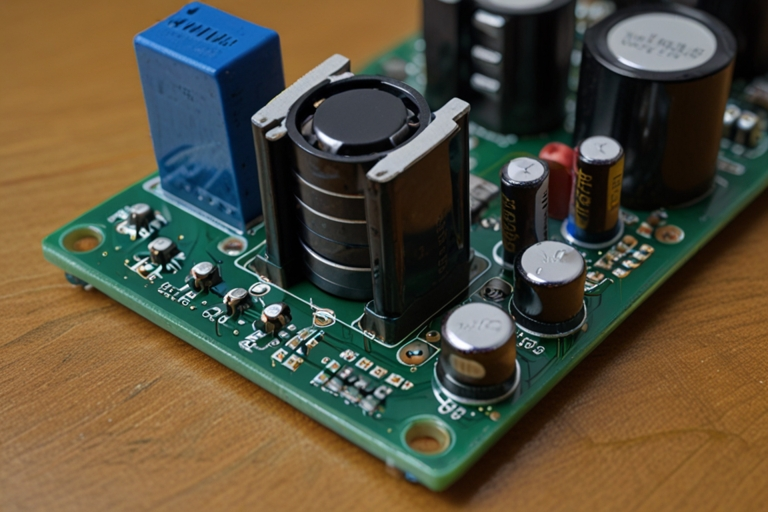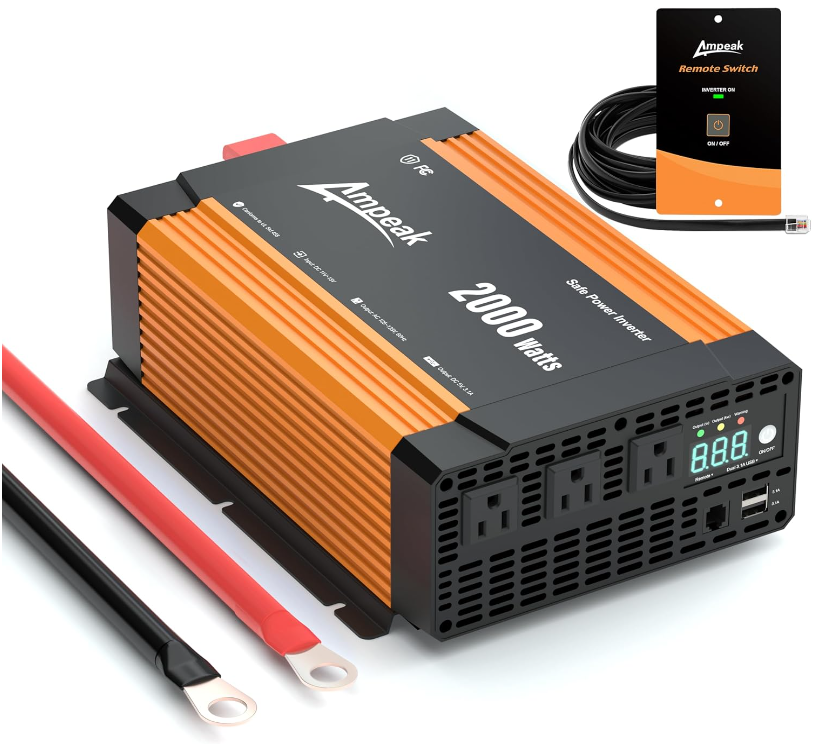
Introduction
In circuit design software, managing power sources accurately is essential for electronic circuits’ functionality and safety. If you’re working with EasyEDA and want to know about EasyEDA How Do You Place 120V Power, it’s crucial to understand the process step-by-step. EasyEDA is a versatile online circuit design tool that allows users to design circuits, simulate functions, and prepare layouts for printed circuit boards (PCBs). If you’re creating a circuit with 120V power, understanding how to place it correctly is essential for a successful design. This article will take you through each stage of EasyEDA’s process, ensuring that you know EasyEDA how you place 120V power accurately and safely.
Understanding the Basics: 120V Power and Circuit Design
The first step in EasyEDA is to understand how to place 120V power to realize what a 120V power supply entails in the context of circuit design. In most regions, 120V is the standard voltage for household and commercial outlets, making it a common requirement in various electronic projects. However, handling and integrating such power levels in circuit design requires caution due to the risk of electric shock or component damage. EasyEDA provides a way to incorporate this power source carefully by offering tools to place voltage symbols and ground connections and simulate high-voltage circuits.
In EasyEDA, the key elements of placing 120V power involve setting up the correct power source symbol, establishing ground connections, and ensuring that all components that need 120V power are connected accurately. Following this method prevents potential errors in the design and ensures that your circuit can function safely and effectively at high voltage.
Read more: ConnectWise PSA Company Search Alia
Step 1: Setting Up the Power Supply Symbol in EasyEDA
The first concrete step in EasyEDA how you place 120V power is locating the power source symbol within the EasyEDA interface. Begin by opening your project in EasyEDA and navigating to the component library on the left side of the screen—type “power” in the search bar to bring up a list of available power symbols. For a 120V connection, selecting the generic voltage symbol is advisable, as this symbol represents a constant voltage source.
After selecting your power symbol, place it on the schematic by clicking on the workspace. Double-clicking the symbol allows you to adjust its properties, such as the voltage level. At this stage, you can label the power source as “120V” to keep track of the voltage type, which is essential for clarity in more complex circuits. Following these steps outlined in EasyEDA, how do you place 120V power? You’re setting up a clear, well-labeled power supply source within your circuit design.
Step 2: Connecting Ground to the 120V Power Source
Proper grounding is a crucial component of EasyEDA. How do you place 120V power? The ground connection ensures that the circuit has a reference point for current flow, preventing overloads and maintaining stability. In EasyEDA, the ground symbol can be found in the component library. To connect the ground, you should use either wire from the wiring tools palette or a ground symbol, both accessible on the left side of the EasyEDA interface.
By dragging the ground symbol and placing it near your 120V power symbol, you can connect the two using a simple wire. The ground will serve as the return path for your circuit, which is essential for any high-voltage setup. EasyEDA’s tools make this process straightforward, and following this step carefully is a significant part of mastering EasyEDA how do you place 120V power.
Step 3: Using Net Flags to Connect the Power Source
The next essential step in EasyEDA how do you place 120V power is connecting components to the 120V source using net flags. Net flags in EasyEDA are tools that allow you to name connections within the circuit, simplifying the layout and making it easier to troubleshoot or reconfigure as needed. For example, when you place a net flag named “120V” on your power source, you can use this same net flag on any component that needs to be connected to the 120V power supply.
Net flags are particularly useful in complex circuits, where numerous components need to share the same power source. Instead of drawing individual lines to each component, you can use net flags to establish connections virtually. In EasyEDA how do you place 120V power, net flags are a time-saving solution that also helps keep your circuit schematic neat and easy to interpret.
Step 4: Testing Connections and Verifying the Circuit
Testing is another important part of EasyEDA. How do you place 120V power? Before finalizing your design, use EasyEDA’s simulation tools to check that the 120V power is correctly distributed to all relevant components. Open the simulation interface and run a power analysis to ensure that each connection is stable and that there are no overloads or shorts in the circuit.
Simulation is especially critical for high-voltage circuits, as any misplacement or disconnection of the 120V power supply can lead to errors or potentially unsafe setups in real-world applications. This aspect of EasyEDA how do you place 120V power is often overlooked, but it’s a vital step in ensuring the functionality and safety of your circuit.
Safety Tips for Working with 120V Power in EasyEDA
In addition to the technical steps, the EasyEDA how do you place 120V power process involves following essential safety practices. Working with high voltage requires a clear understanding of the potential risks and how to mitigate them. When designing circuits with a 120V power supply, it’s important to use components rated for high voltage to avoid overheating or failure.
Additionally, avoid placing too many connections close together, as this can lead to short circuits or accidental connections. By following these guidelines, you can safely navigate the steps in EasyEDA how do you place 120V power without compromising your design’s integrity or safety?
Finalizing Your 120V Power Circuit Design in EasyEDA
Once you have completed the steps in EasyEDA to place 120V power, review your schematic carefully to ensure all elements are connected correctly. Labeling, grounding, and testing the 120V power setup will contribute to a well-organized and effective design. Double-check the net flags, confirm that all high-voltage components are connected to the correct power source, and review any simulation results to identify potential areas for improvement.
Finalizing the design also includes preparing a printed circuit board (PCB) layout if your project involves manufacturing a physical board. During this step, maintain a safe distance between high-voltage and low-voltage components, which further ensures that EasyEDA how do you place 120V power results in a functional, efficient, and safe design.
Conclusion: Key Steps for EasyEDA How Do You Place 120V Power
Mastering EasyEDA how do you place 120V power enables safe and effective high-voltage circuit design. By following key steps—setting up the power symbol, grounding, using net flags, and testing connections—you ensure a stable and organized design. EasyEDA’s user-friendly tools make it easy to handle complex circuits, allowing you to confidently integrate 120V power for a successful project.


